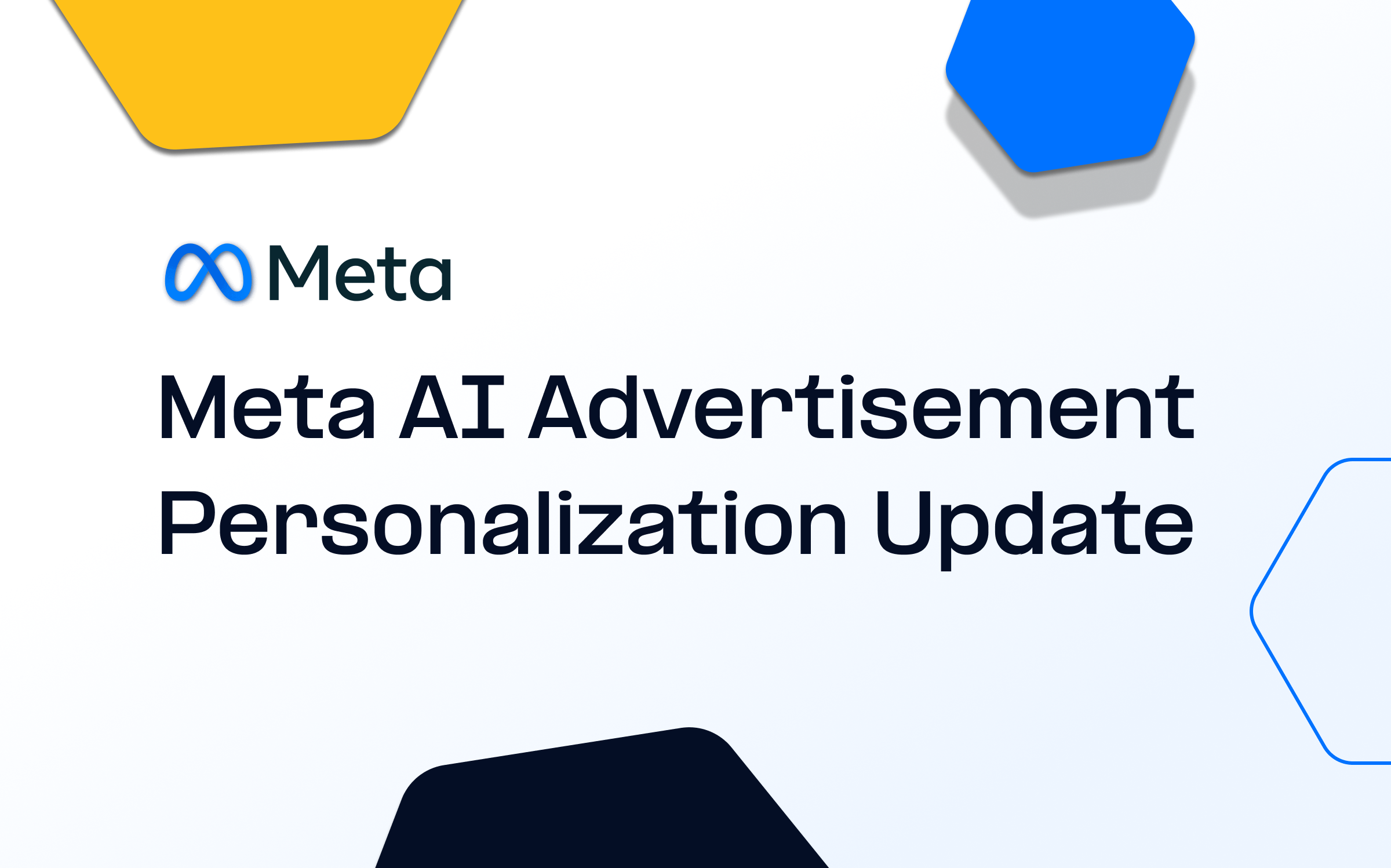This phenomenon is called shopping cart abandonment, and it’s one of the most frustrating (and costly) issues in ecommerce sales. The numbers don’t lie: on average, nearly 70% of shopping carts are abandoned before a purchase is completed. That’s a massive chunk of lost sales.
So why is shopping cart abandonment a problem for retailers? Because it doesn’t just mean fewer sales. It also means wasted ad spend, missed opportunities, and poor return on investment. But the good news? It’s also one of the easiest problems to fix, especially when your tracking setup is airtight. That’s where TrackBee comes in.
Let’s take a deeper look at what causes this issue, how it affects your bottom line, and how you can fix it.
The scope of the problem

Shopping cart abandonment is more than an annoyance, it's a major business challenge. Depending on your industry, the average cart abandonment rate ranges between 60–80%. In fashion, beauty, electronics, and home decor, where customers often compare products across multiple ecommerce sites, this rate can climb even higher.
Think about it this way: if you drive 10,000 visitors to your store through paid ads, and 1,000 of them add items to their cart, but only 300 complete a purchase, you’re losing 700 potential conversions. These are not random visitors; they are online shoppers who showed clear purchase intent. That’s a massive pool of people who wanted to buy but didn’t.
The real costs of cart abandonment

For most ecommerce stores, getting people to your website isn’t the hardest part. Retargeting ads, influencer marketing, SEO, and paid search all help bring traffic in. The challenge lies in converting that traffic into completed purchases.
Here’s where the pain sets in:
- You’ve already spent money on acquisition.
- You’ve already convinced someone to start shopping.
- You’ve already got them interested enough to begin the checkout flow.
And then it all falls apart. Not only do you lose the sale, you also waste the budget it took to get that shopper to your site in the first place.
Worse, many brands don’t even realize just how many abandoned carts they’re missing. Without proper event tracking, most abandoned shopping carts never trigger recovery emails or ad retargeting campaigns. They simply vanish from your data.
What causes shoppers to abandon their carts?

Let’s break down the key reasons for checkout abandonment:
- Unexpected shipping costs: When extra fees appear late in the checkout process, it’s a major conversion killer.
- Complicated checkout process: Too many steps, form fields, or page loads often cause frustration, especially on mobile.
- Lack of trust: Missing return policies, unclear product info, or poor reviews can push shoppers away at the last minute.
- Limited payment options: If a shopper can’t use their preferred payment method, they’re likely to bail.
- Account creation barriers: Forcing people to sign up rather than offering guest checkout can lead to abandonment.
- Technical glitches: Bugs, slow loading times, or broken buttons kill the momentum.
But there’s one more silent killer: bad tracking. If your tracking setup isn’t collecting the right events, especially “add to cart” and “browse abandonment”, you won’t even know which shoppers to follow up with.
The hidden role of tracking
Most brands rely on browser-based tracking to detect cart activity. If someone adds a product or starts checkout, the script fires, and your CRM or email tool (like Klaviyo) gets the green light to send an abandoned cart email.
But what if:
- The customer is using an ad blocker?
- The script loads too slowly?
- Their browser crashes or they lose connection?
- Cookie settings block third-party scripts?
In these cases, the tracking simply fails. The event doesn’t fire. The shopper disappears. And your entire checkout flow—from retargeting ads to email reminders—never gets triggered.
This is a major blind spot. You can’t recover what you never recorded.
How TrackBee helps improve shopping cart abandonment revenue
This is exactly the problem TrackBee solves. It closes the gap between what actually happens on your site and what your tools know about.
TrackBee’s server-side tracking setup ensures that all critical customer actions—like abandoned carts, started checkouts, and even product views—are captured reliably, even when browser scripts fail.
Here’s how it works:
- Capture more data: With server-side tracking, you record all events, regardless of browser issues, cookies, or devices.
- Send better emails: Tools like Klaviyo get complete data, meaning your abandoned cart flows actually reach the right people.
- Recover more revenue: More complete flows = more follow-ups = more recovered carts.
- Protect your ROAS: When you recover otherwise lost sales, you make every ad dollar work harder.
For many online retailers, TrackBee increases the volume of triggered abandoned cart flows. That’s not by changing the emails themselves, but simply by making sure they actually get sent.
Tips to reduce shopping Cart Abandonment
While tracking is essential, optimizing your checkout page and customer journey is just as important. Here are a few proven tactics:
- Show shipping costs upfront
Don’t hide fees until the last step. Include a shipping calculator or free shipping threshold early in the journey. - Simplify the checkout process
Reduce the number of steps. Autofill forms. Offer one-click checkout where possible. - Offer guest checkout
Not everyone wants to create an account. Keep it optional. - Provide multiple payment options
Include PayPal, credit cards, Klarna, Apple Pay, and others—whatever matches your audience. - Use exit-intent popups and coupon codes
A small discount can save an otherwise lost sale—especially when someone hesitates at the checkout. - Follow up fast
Use abandoned cart emails and retargeting ads within the first hour for best results. - Track everything accurately
With TrackBee, your flows are based on complete data—not assumptions.
Conclusion
So, why is shopping cart abandonment a problem for retailers? Because it’s where intent dies. And it dies silently.
But it doesn’t have to.
By combining great UX, transparent communication, and reliable tracking, retailers can transform abandoned shopping carts into completed purchases.
Tools like TrackBee give you full visibility into every step of the buyer journey. So instead of guessing who left and why, reconnect with them and make sure they buy the product.








.png)






